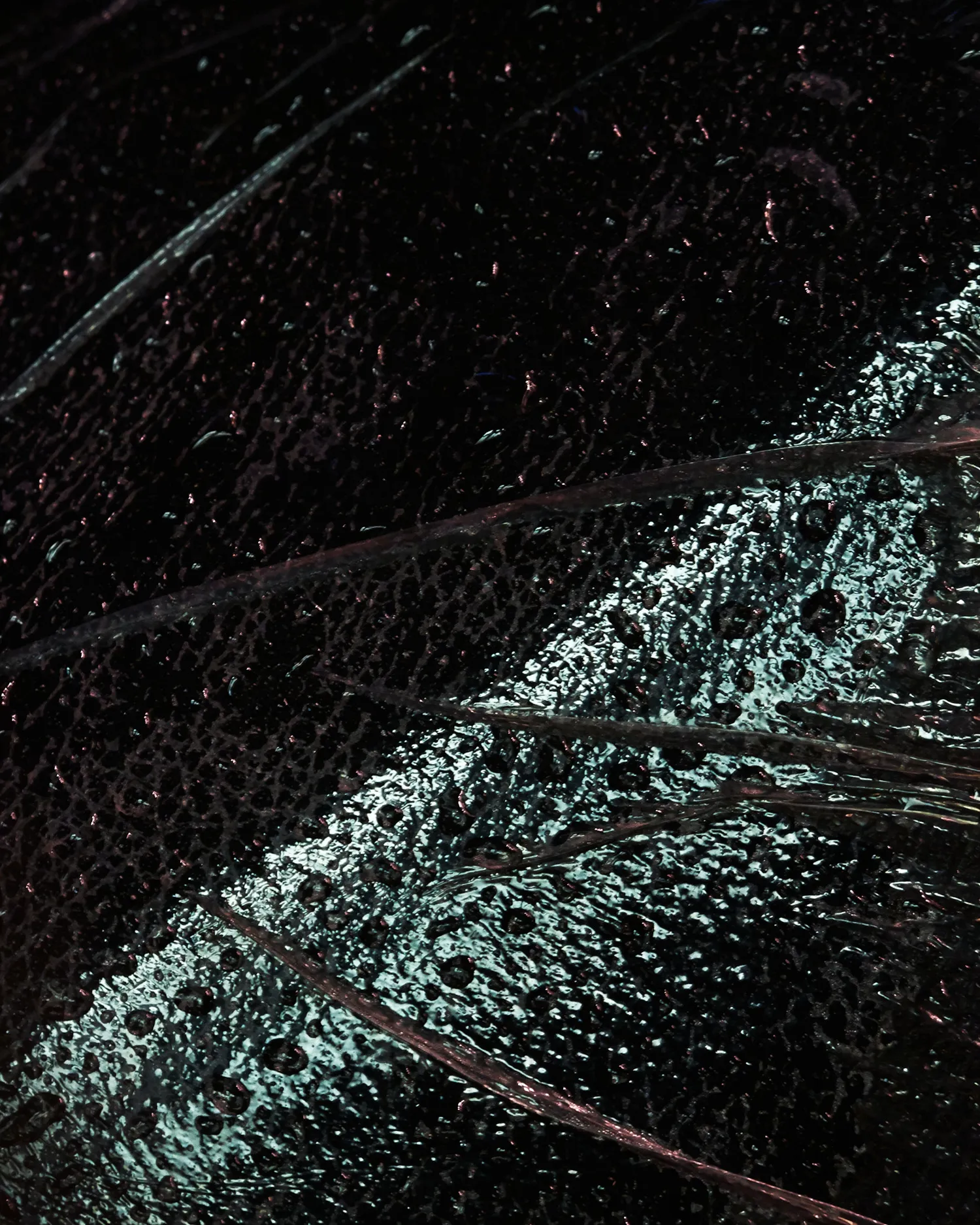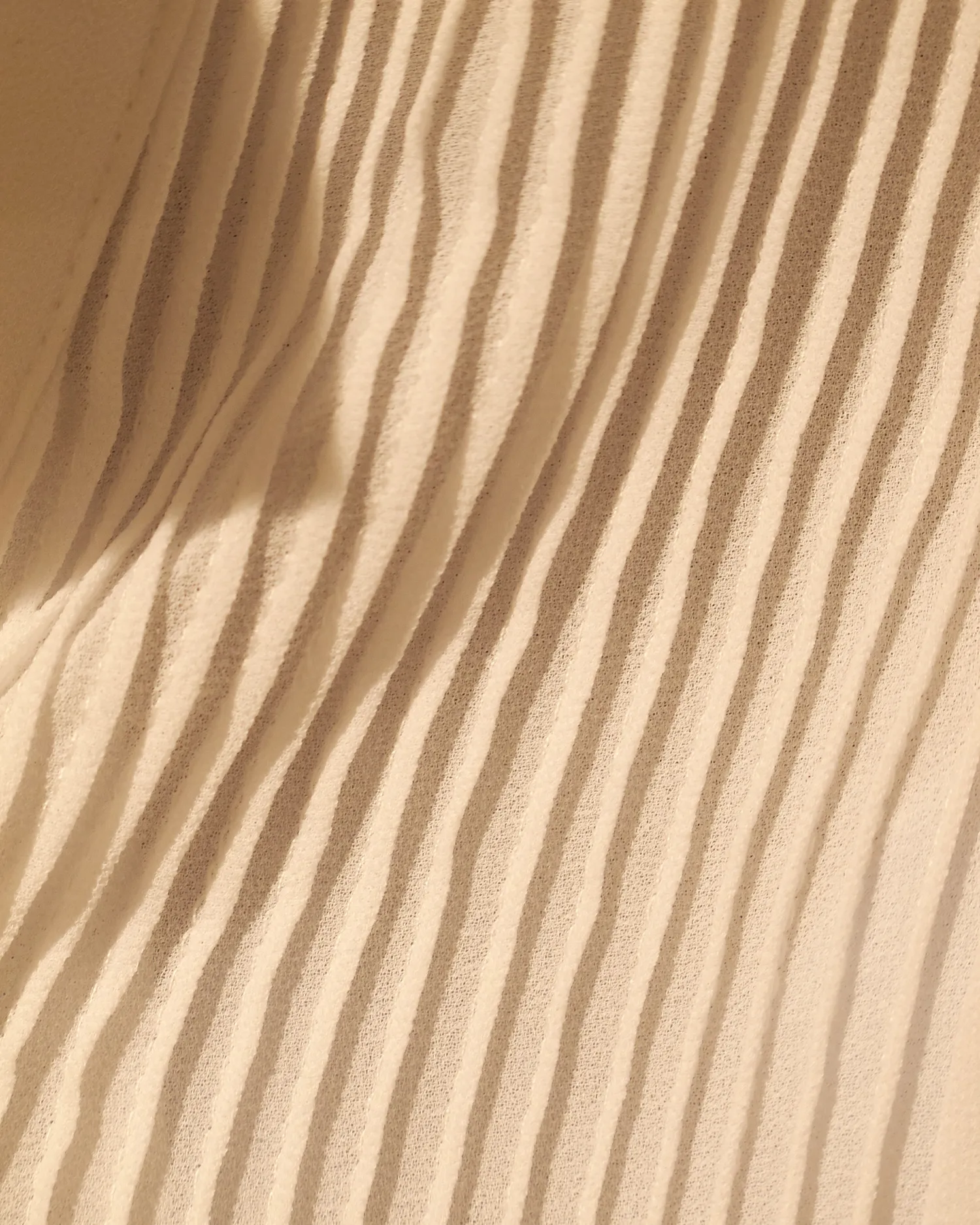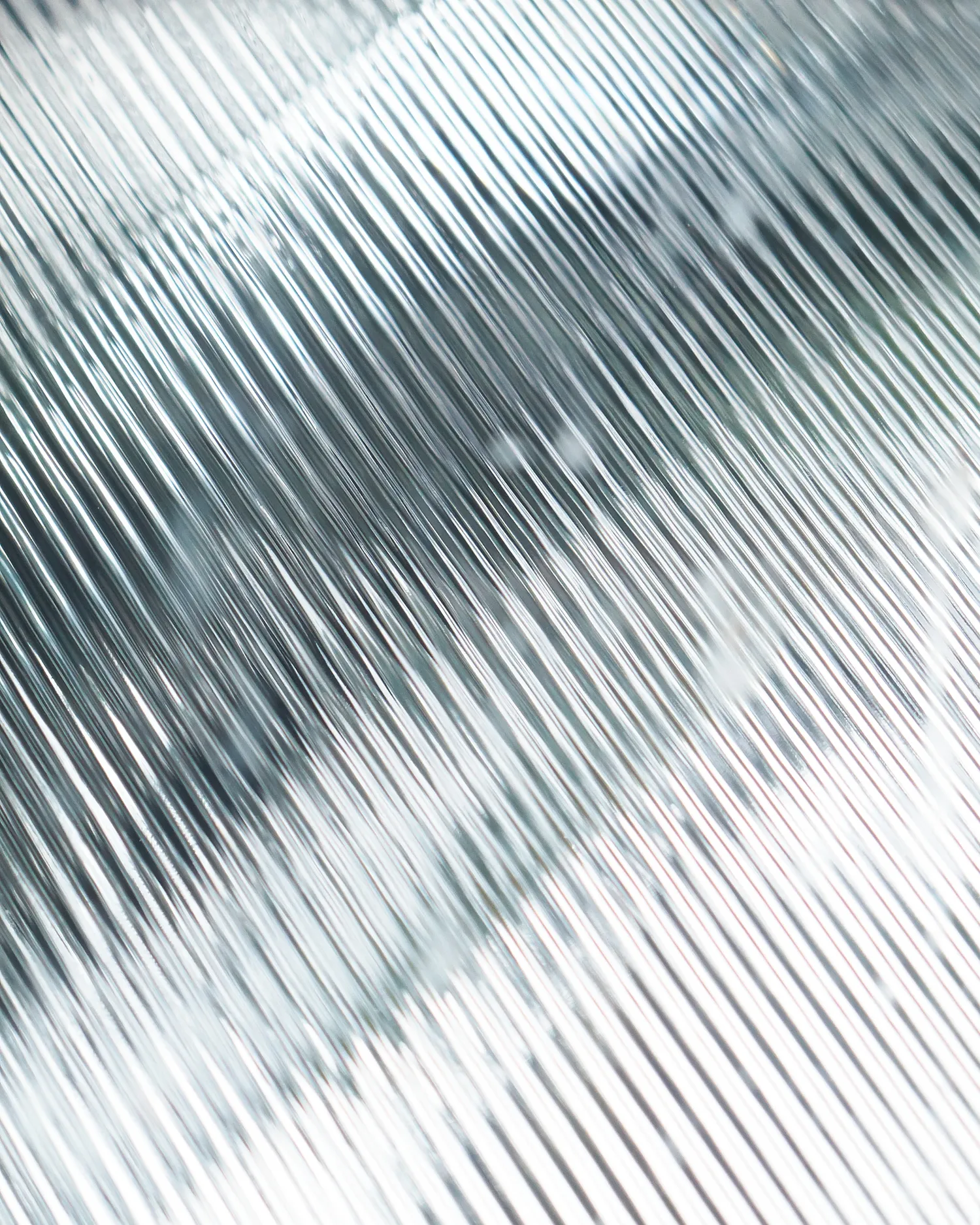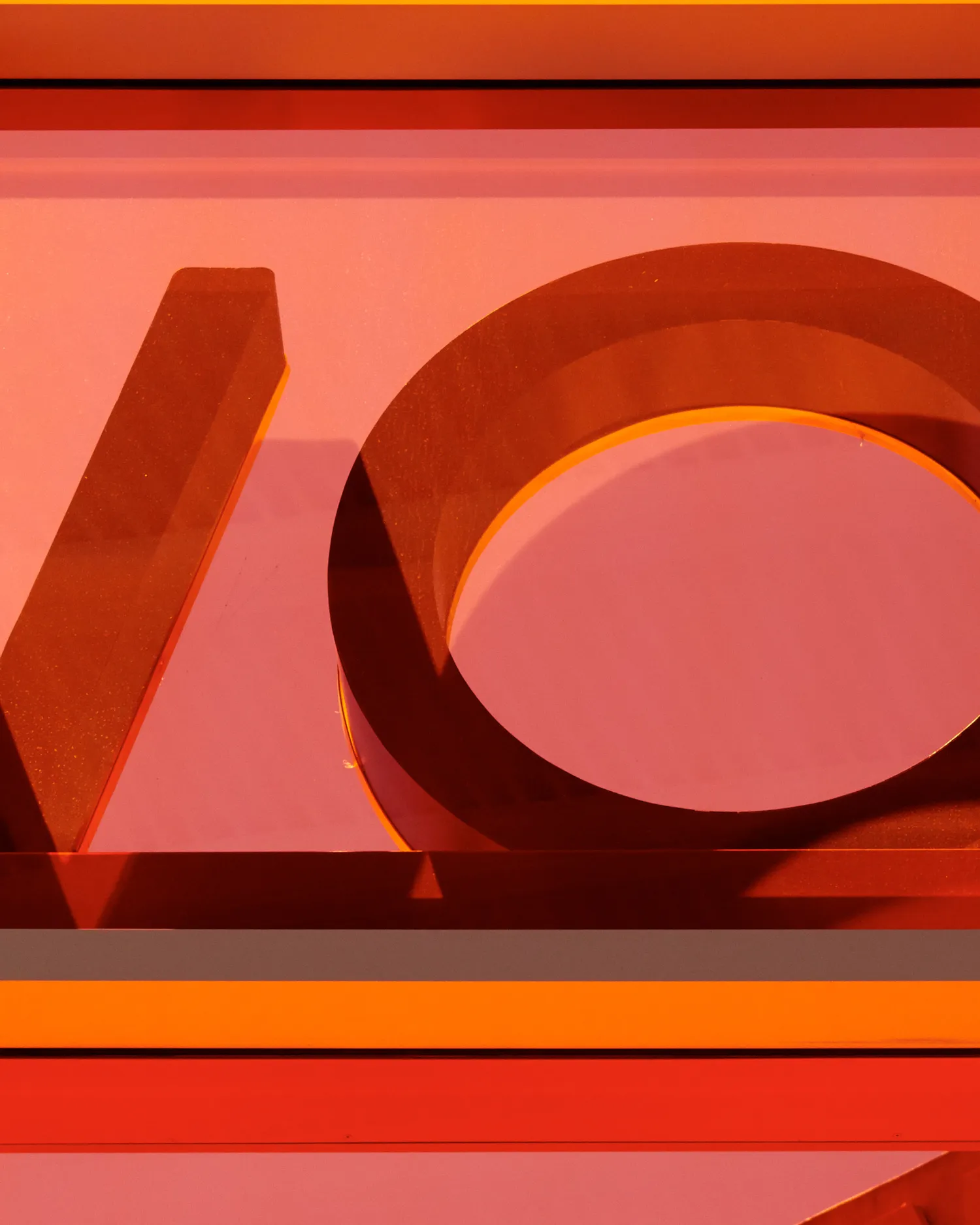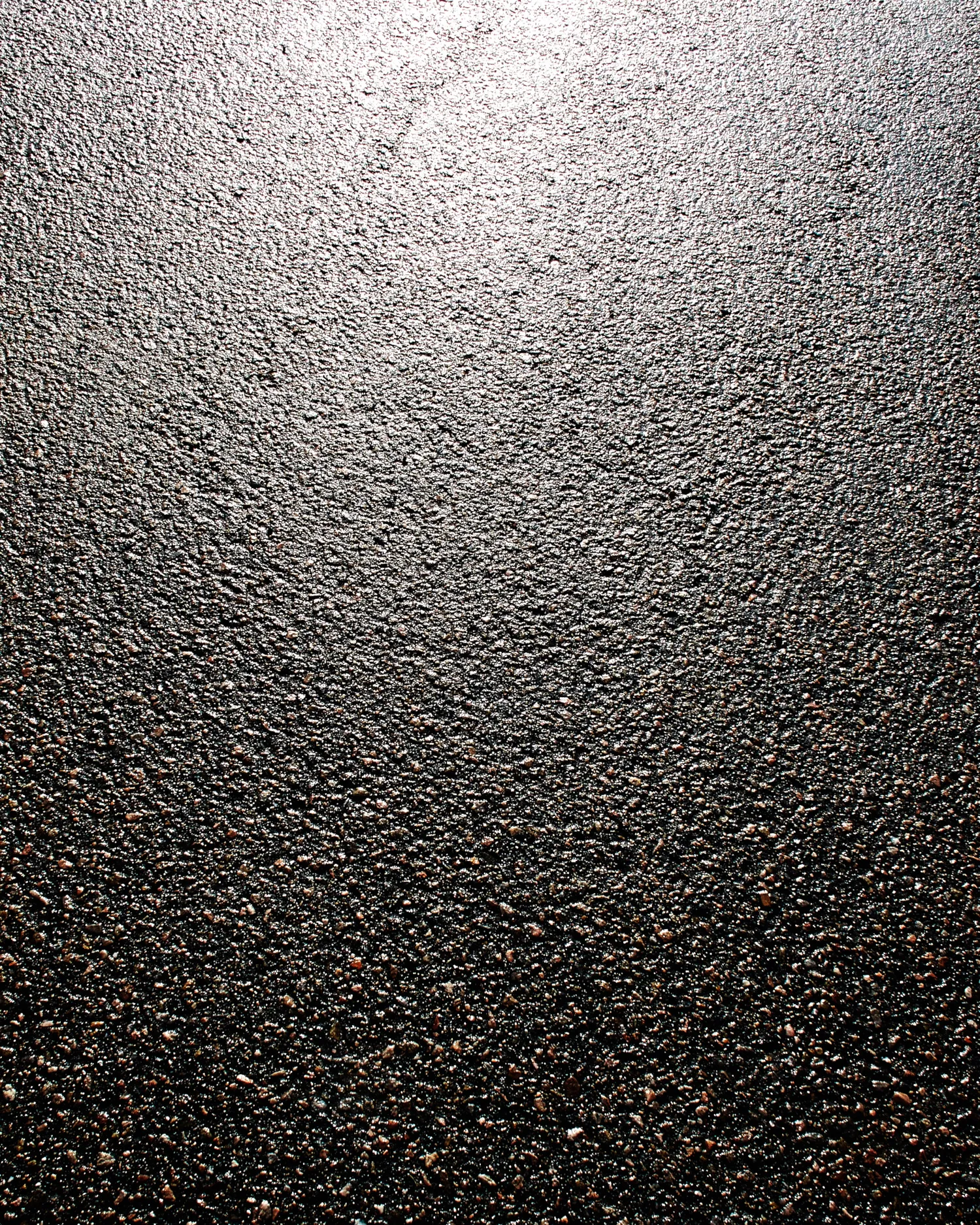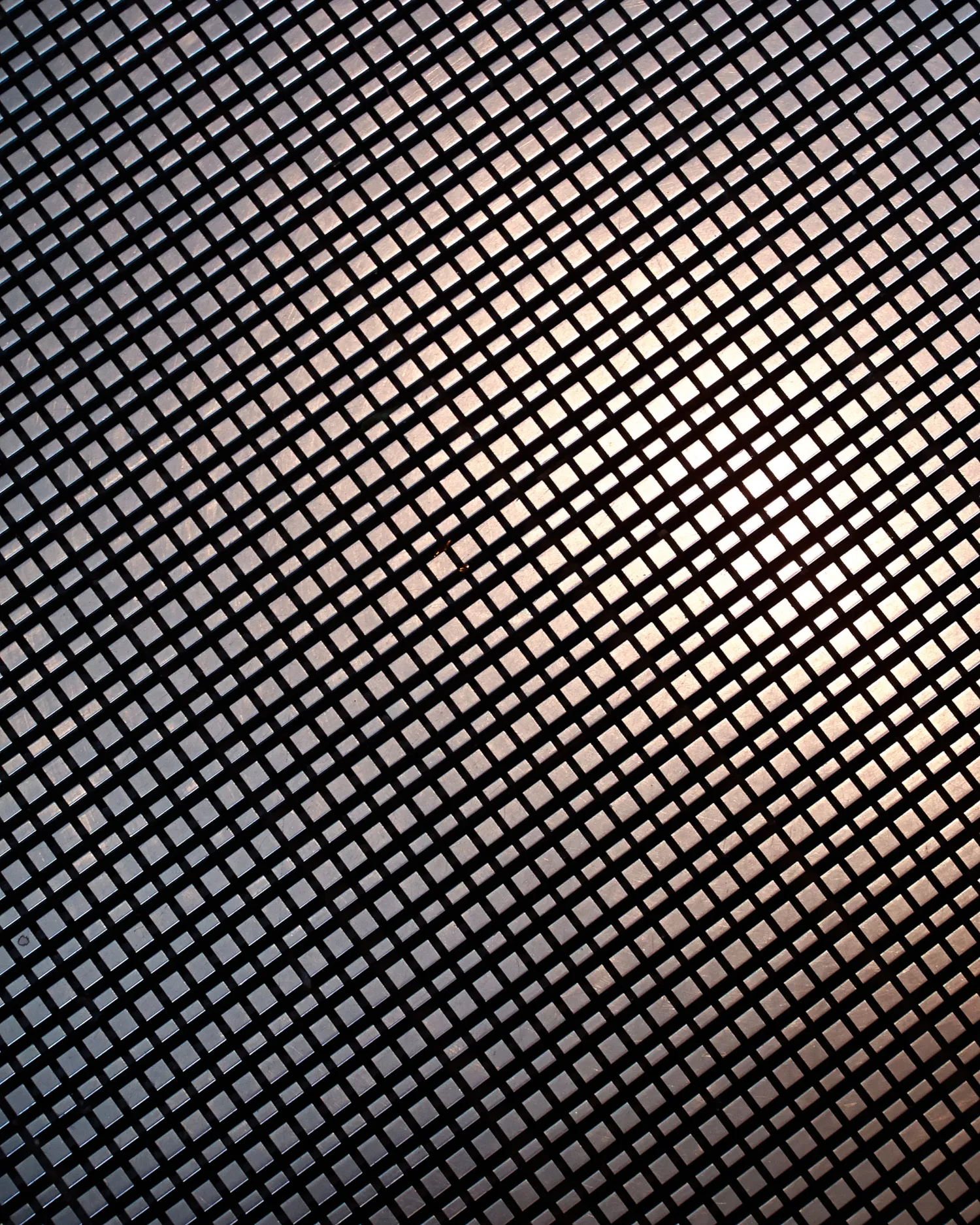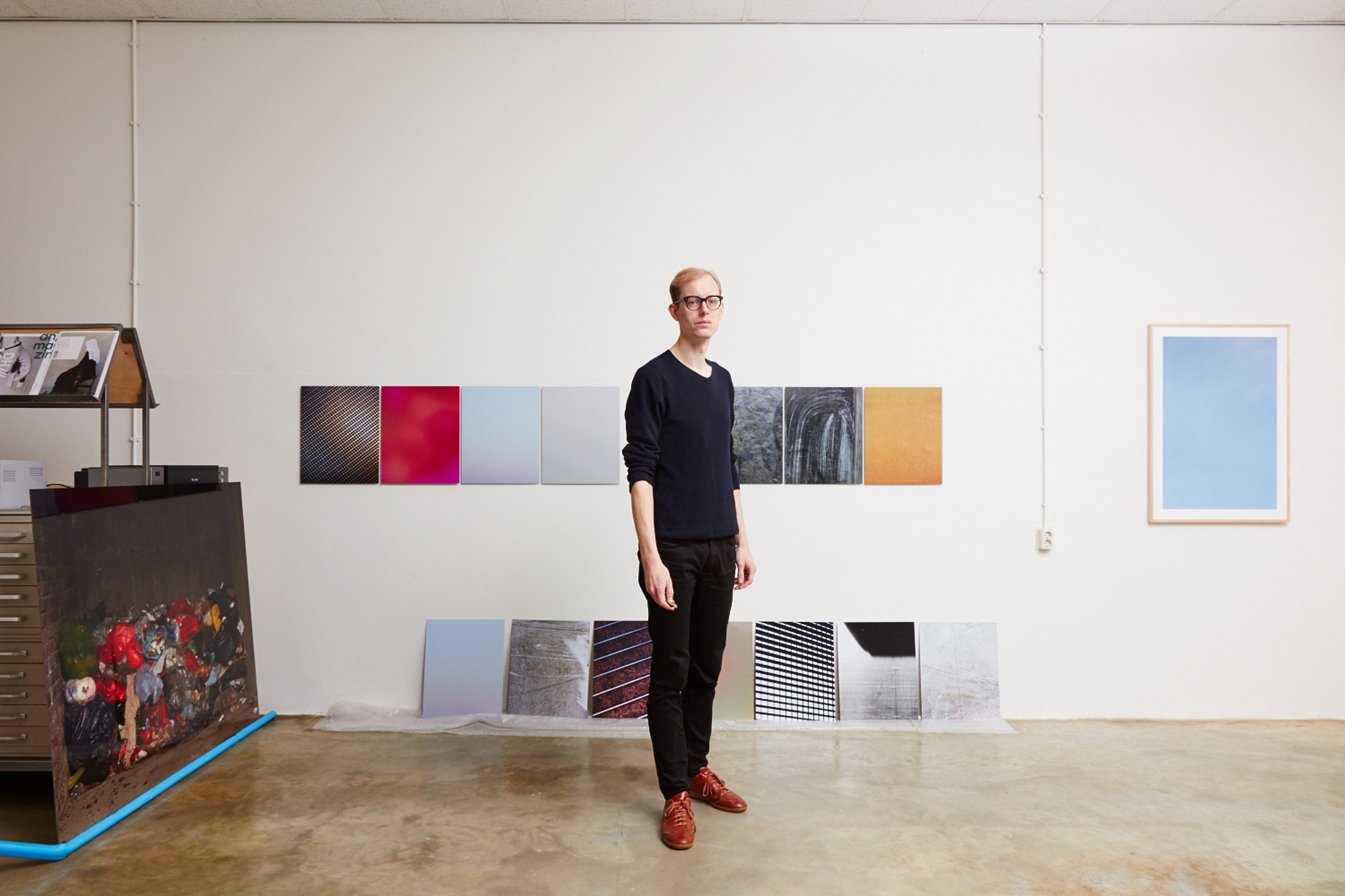IMG_ – photo series and exhibtion
Details
IMG_ is a database of abstract and semi abstract images taken in Western Europe and Northern America. For edits of the images in exhibitions and books the principles of the Kuleshov experiment are being applied. Neuro and data scientist Robin van Emden elaborates on this in his text Reimaginations below.
IMG_ was published by Kehrer Verlag in 2014 and has been shown in numerous solo exhibitions, among them at Streetlevel Photoworks, Glasgow, Fotomuseum Den Haag and Unseen Amsterdam.
Reimaginations
by Robin van Emden
The universe is made up of stories, not of atoms.
— Muriel Rukeyser (1978)
Autobiographical memories, that is, the memories that build the stories of our selves, are more than just impressions stored inside our brains. They span minds and bodies, the people we meet and the places we have been. As the surrealist filmmaker Luis Buñuel wrote, “Our memory is our coherence, our reason, our feeling, even our action.” Yet even though they form the core of our narrative selves, our autobiographical memories are continuously reawakened by our experiences. Whilst awake they are in a vulnerable state during which they can be edited, overwritten, or even deleted. They can now latch on to new perceptions, sliding and changing ever so slightly on every recollection, circling our centres of narrative gravity. It takes a while before they are securely stored again through a process called reconsolidation. In essence, we rewrite our selves through our memories each time we remember them.
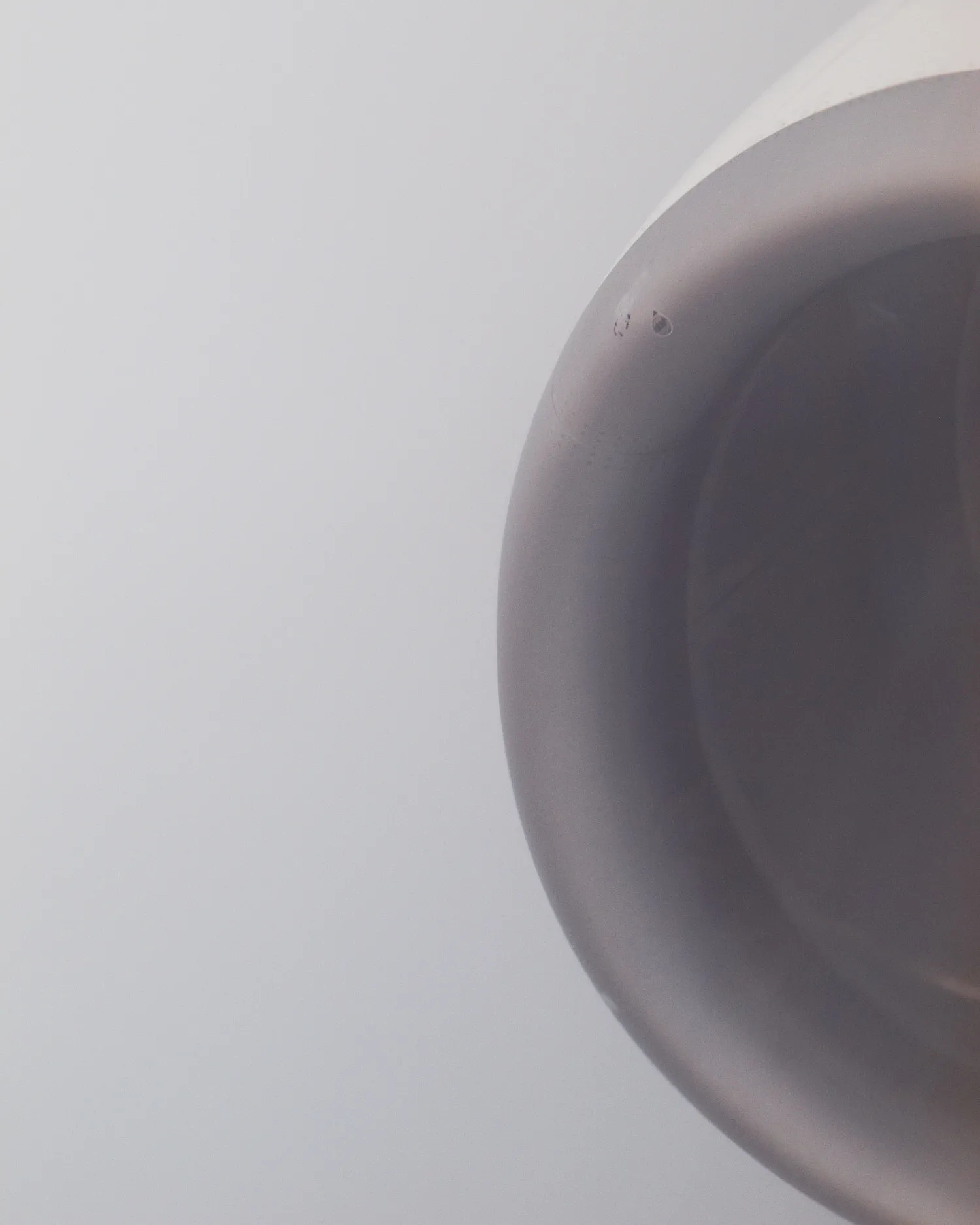
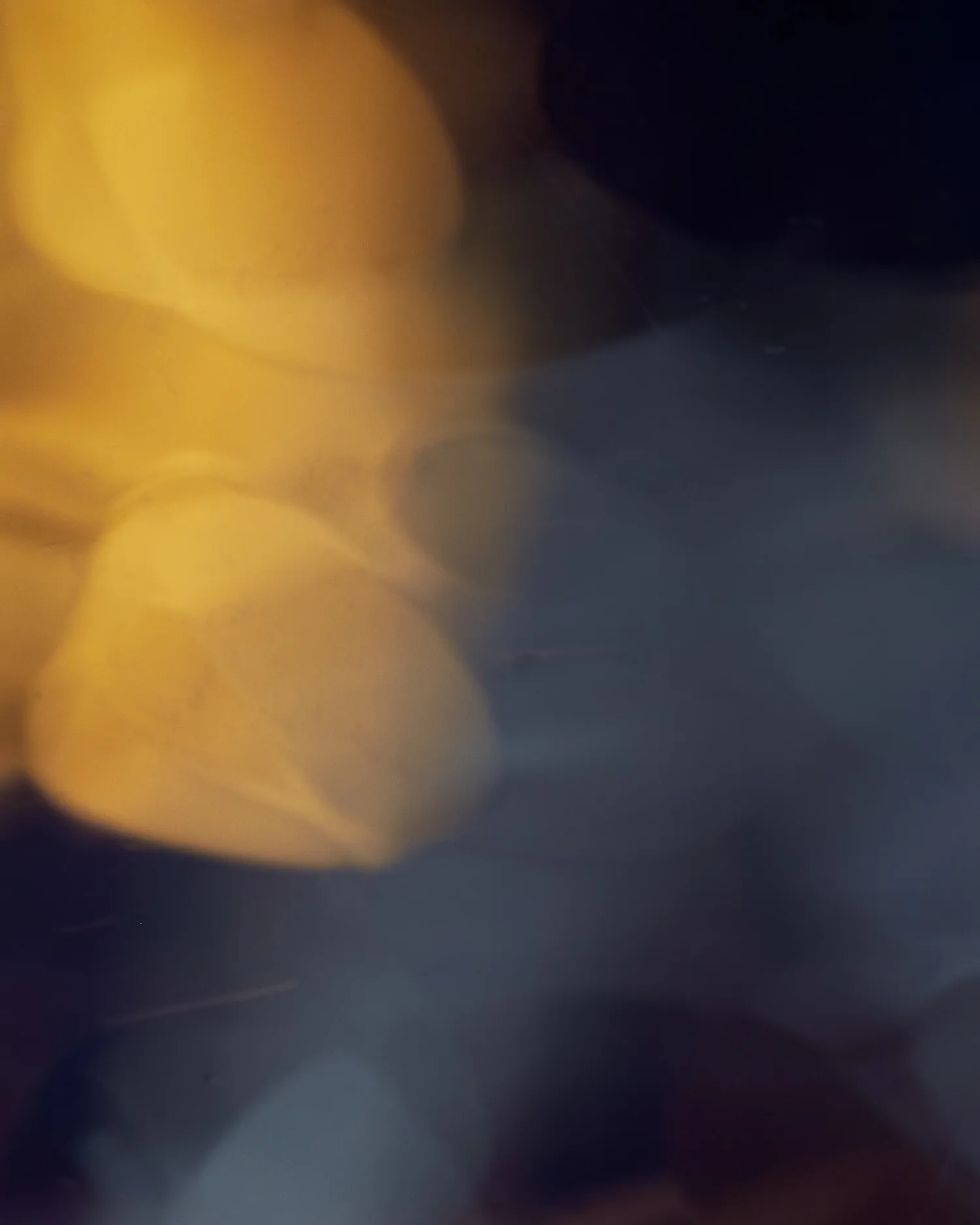

Most of the time this dance of minds and things happens without much conscious thought. When we encounter a person, or perceive something, our brain first scribbles that perception on the whiteboard of short-term memory. It then has to decide very quickly whether to pass the perception on for further processing and then on to the “bank vault” of longer-term memory. In general, your mind makes that choice on autopilot. Yet every now and then we take the time to choose which perceptions make it through the filters of our short-time memory. We give ourselves the opportunity to associate freely, switching the pathways in our brain from a bottom-up to a top- down configuration.
At these moments we take command of our selves – building memories, creating stories, recreating ourselves. And it is in these moments the work of Johan Nieuwenhuize comes into its own. Each of his photographs from IMG_ is a carefully preconceived vessel containing a moment, a detail, a shard of memory, an image for you to latch on to. An invitation to associate. Not in isolation, but each in relation to the other, to you, to him. Offering combinations and recombinations of images, inspired by the famous Kuleshov experiment. This experiment, conceived by Russian filmmaker Lev Kuleshov in the 1920s, demonstrates that when you are shown a film that alternates between an expressionless face and either a plate of soup, a baby in a coffin or a woman on a divan, you cannot help but project memories of stories and emotions past into your interpretation of the inexpressive face before you now.

Yet, though an inventive demonstration of our interminable narrativeness, the Kuleshov experiment is but one of several early experiments that formed the seeds of recent research on the deep interdependence of our narrative selves and the cognitive lives of things seemingly out there in the world. Findings that have informed both general research on the Extended Mind Thesis, and the work of Johan Nieuwenhuize itself. To cite Richard Menary, and Julian Kiverstein, proponents of the Extended Mind Thesis:
Where does the mind stop and the rest of the world begin? In their famous 1998 paper “The Extended Mind,” philosophers Andy Clark and David Chalmers posed this question and answered it provocatively: cognitive processes “ain’t all in the head.”
The extended mind thesis claims that the cognitive processes that make up our minds can reach beyond the boundaries of individual organisms to include as proper parts aspects of the organism’s physical and socio-cultural environment.
Though starting out as a more theoretical position, the extended mind thesis has led to innovatory research and a lively research community, proving to be a treasure trove for neuroscientific, social and psychological research.



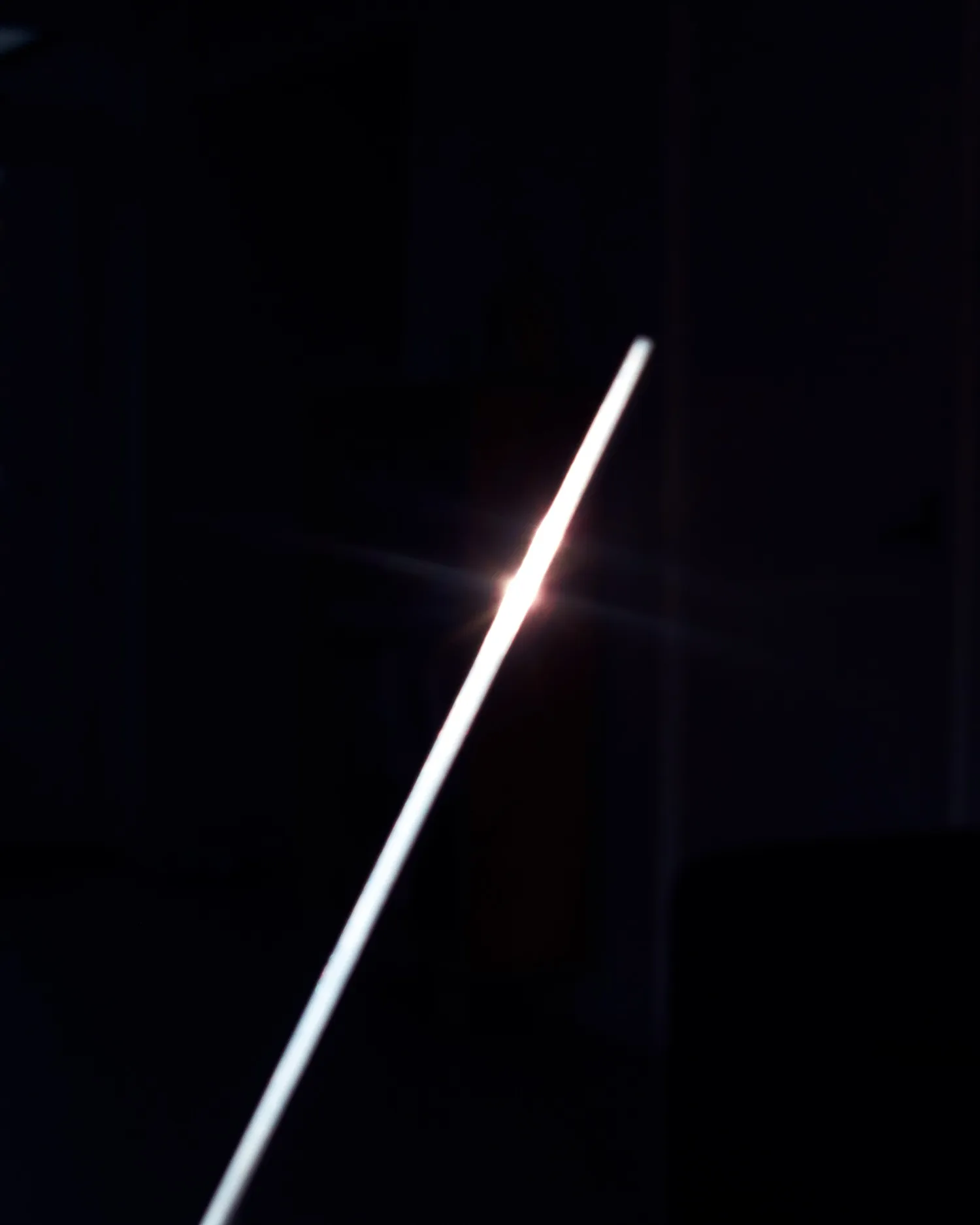

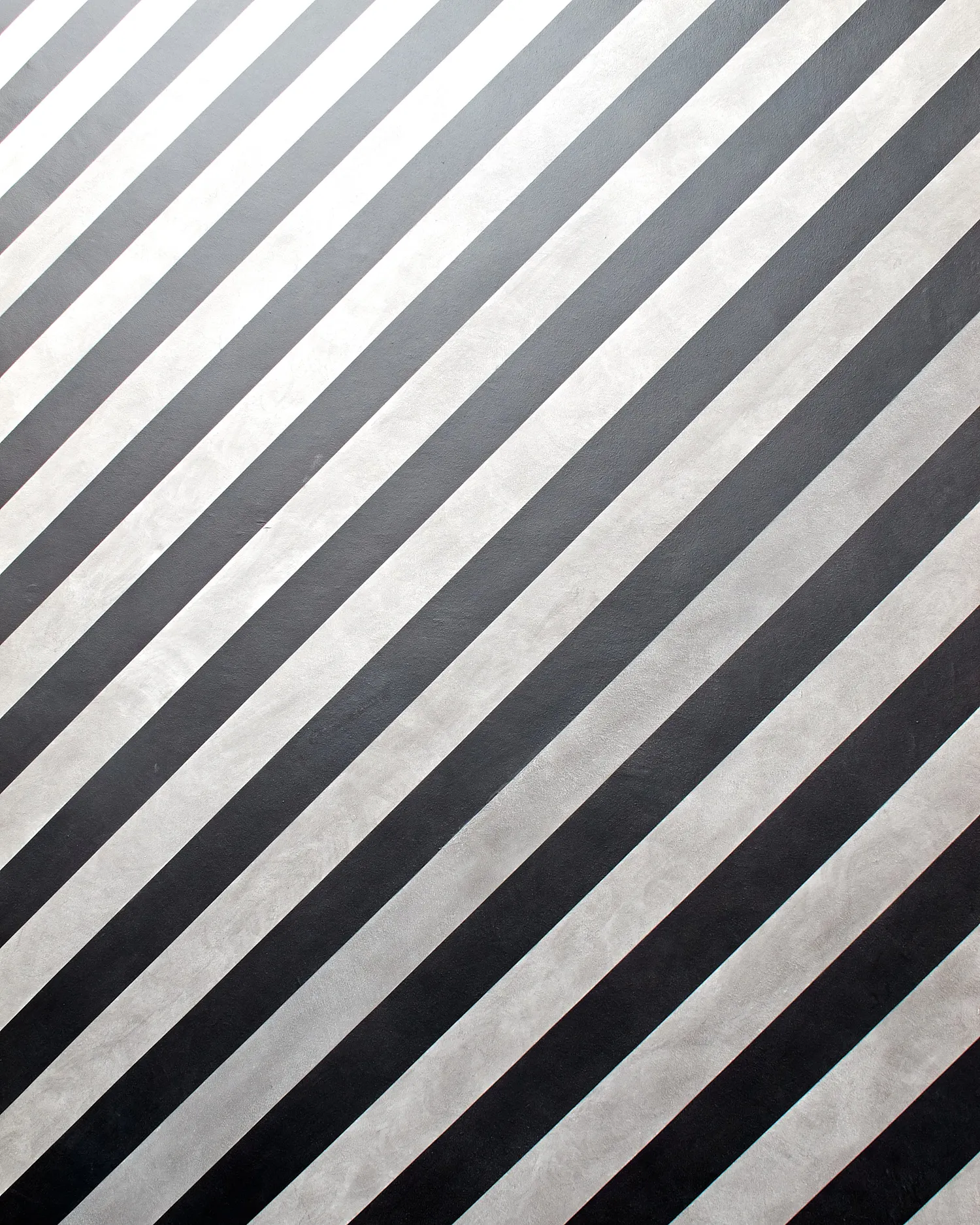

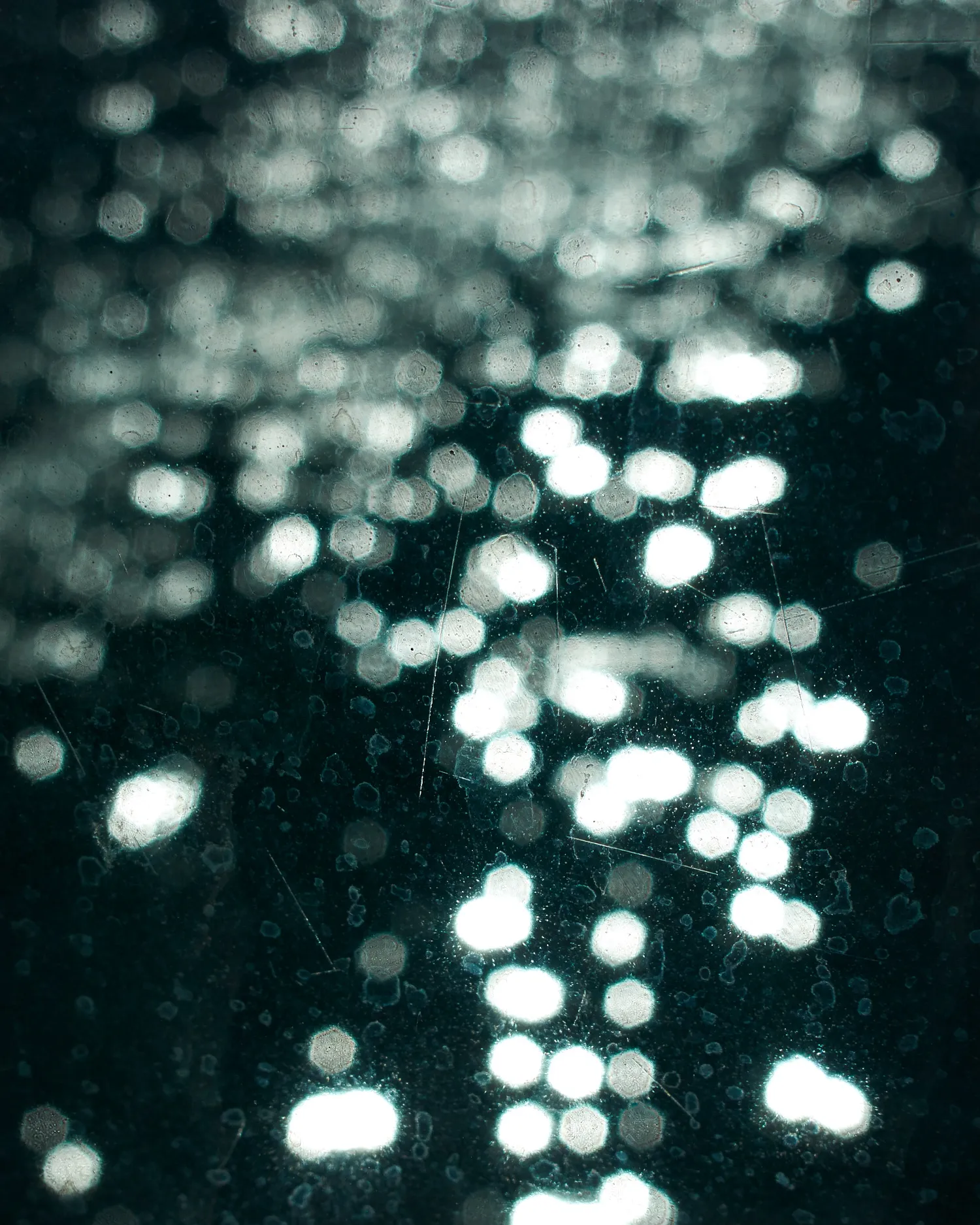
Some of this research bears an especially strong affinity with IMG_. A recent study from Fairfield University showed for instance that the simple act of taking a picture of a work of art seems to change your memory of that art. When college students took a tour of the Bellarmine Museum of Art at Fairfield University, they looked at different pieces of art and were asked to photograph half of them. The next day, students were less likely to recognize the art they had photographed than the art they had looked at without shooting a picture. Consistent with other findings, the experiment shows that we tend to “offload” our internal memories if we are able to transition them to an external physical placeholder – a memory prosthetic of sorts.


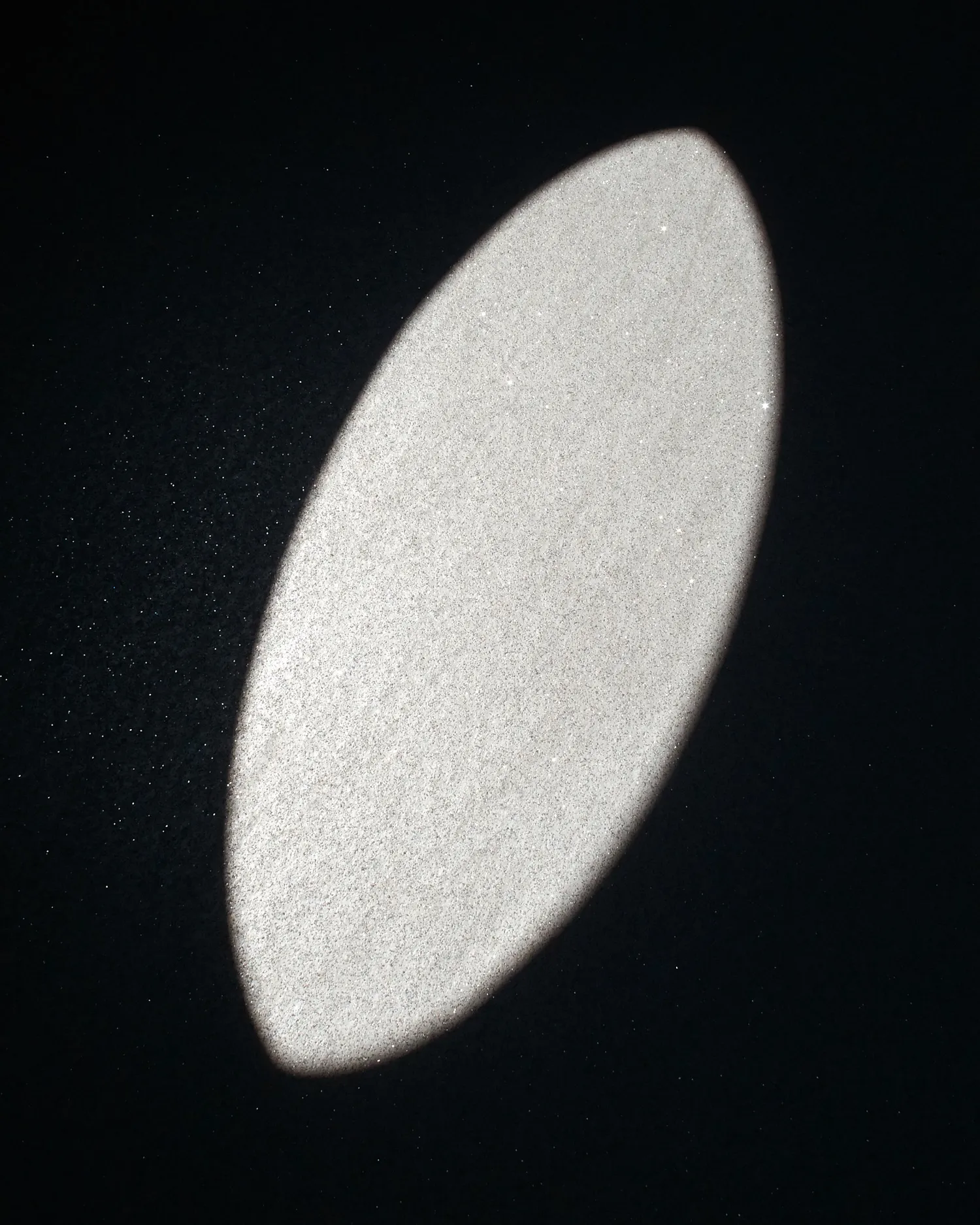

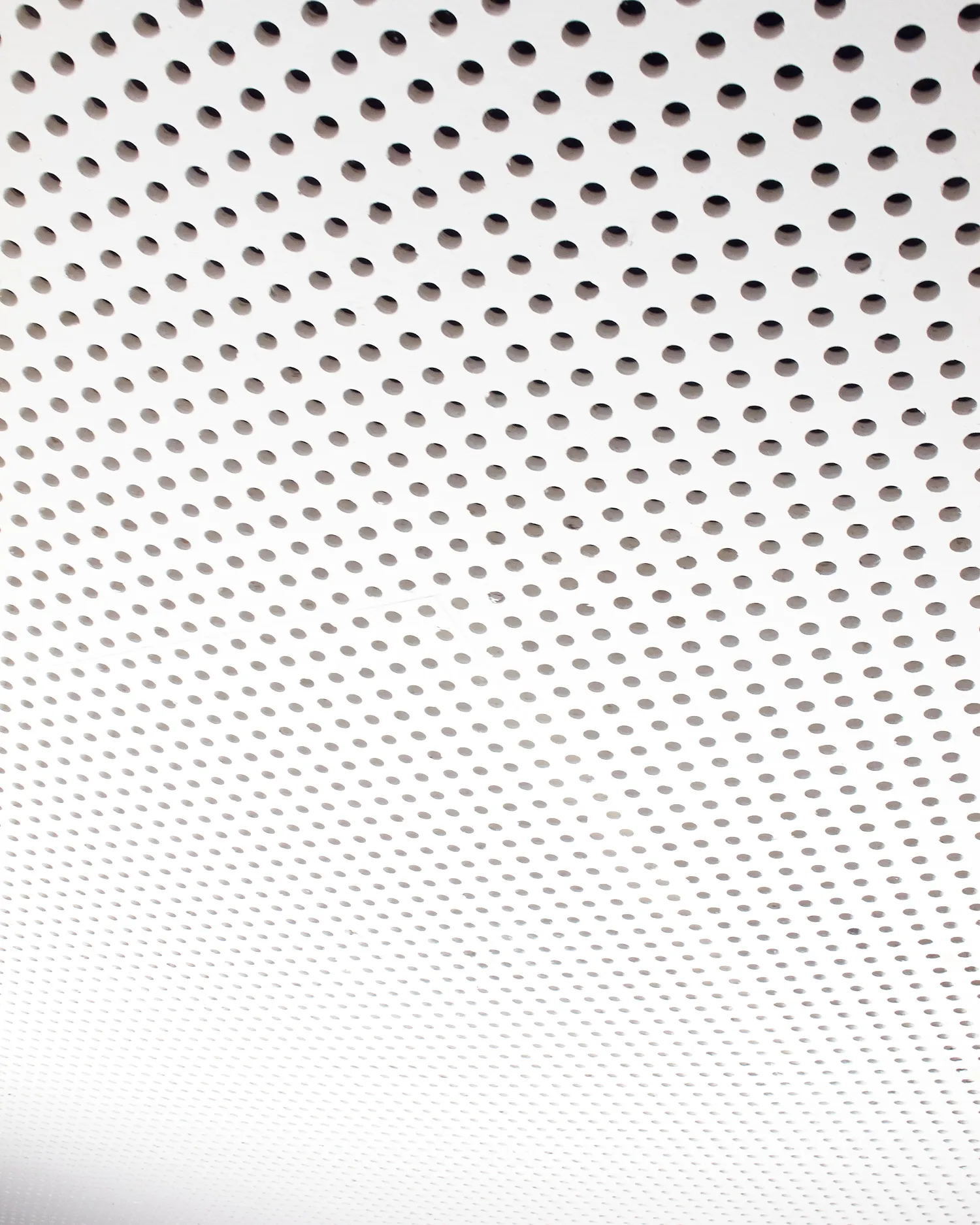

Now rest assured if you fear that interacting with IMG_ might steal your memories, taking them away instead of extending and enriching them. For one, research by Betsy Sparrow from Columbia University showed that though the students may have offloaded some of their internal memories to external photographs, they are probably now better in recounting the associations and the stories they had created based on the works of art. They were also shown to probably be better in finding their way back to specific pieces of art within the museum now. Offloading part of their memory seems to have left their minds more resources to encode the bigger picture.
Still better, the often abstract, zoomed in aspect of IMG_ might even let you have your memory cake and eat it: the earlier mentioned Fairfield University study showed that when students were instructed to zoom in on a specific piece of the art, such as a statue’s hands, they showed no memory impairment, even for details of the art that were not featured in their close-up photo. The process of composition probably aided their memory, because they were thinking which detail to photograph while taking their pictures. They now had the advantage of both offloaded, internal memories and better interconnected ones.

If you are looking to expand the associative narrative of IMG_ further still, you might want to share IMG_ with a close friend. Though we may be able to offload our memories to external things, we are naturally adept at offloading and sharing our memory with those close to us – a shared form of social memory known as “transactive memory”. Transactive memory was first described by the Harvard psychologist Daniel Wegner. He found that one partner in a married couple might specialize in bank details, while the other might be better at remembering birthdays. Together, they share a collective store of information that each can draw upon. This store of divided transactive memories enables them to remember more between the two of them than they would have been able to remember individually in isolation. Added together: two heads are better than one.
Real-world examples like these suggest how closely artefacts or media used in activities of remembering are coupled with physical, interpersonal and social features of our extended cognitive systems. In this respect IMG_ can at the same time be seen as a work of art, as an invitation to connect, to extend your mind, and as a psychological tool – if you allow its photographs and combinations to surprise yourself. In the epilogue of his book “Smarter than you think”, Clive Thompson offers us the following: “Understanding how to use new tools for thought requires not just a critical eye, but curiosity and experimentation. […] A tool’s most transformative uses generally take us by surprise.”
Robin van Emden
Den Haag, February 2014
Robin van Emden is neuro- and data scientist
References
Bar, M. (2004). Visual objects in context. Nature Reviews Neuroscience, 5(8), 617-629.
Chan, J. C., & LaPaglia, J. A. (2013). Impairing existing declarative memory in humans by disrupting
reconsolidation. Proceedings of the National Academy of Sciences, 110(23), 9309-9313. Dennett, D. C. (1992). The self as a center of narrative gravity. Self and consciousness: Multiple
perspectives.
Henkel, L. A. (2013). Point-and-Shoot Memories The Influence of Taking Photos on Memory for a
Museum Tour. Psychological science, 0956797613504438.
Kiverstein, J., & Farina, M. (2011). Embraining culture: leaky minds and spongy brains. Teorema
(Special Issue Dedicated to the Extended Mind).
McLean, K. C., Pasupathi, M., & Pals, J. L. (2007). Selves creating stories creating selves: A process
model of self-development. Personality and Social Psychology Review, 11(3), 262-278. Menary, R. (2010). The extended mind: The MIT Press.
Mobbs, D., Weiskopf, N., Lau, H. C., Featherstone, E., Dolan, R. J., & Frith, C. D. (2006). The
Kuleshov Effect: the influence of contextual framing on emotional attributions. Social
cognitive and affective neuroscience, 1(2), 95-106.
Rukeyser, M. (1978). The collected poems: McGraw-Hill.
Sparrow, B., Liu, J., & Wegner, D. M. (2011). Google effects on memory: Cognitive consequences of
having information at our fingertips. Science, 333(6043), 776-778.
Sutton, J. (2006). Introduction: memory, embodied cognition, and the extended mind.
Philosophical Psychology, 19(3), 281-289.
Thompson, C. (2013). Smarter Than You Think: How Technology is Changing Our Minds for the
Better: Penguin.
Wegner, D. M., Erber, R., & Raymond, P. (1991). Transactive memory in close relationships. Journal
of personality and social psychology, 61(6), 923.


